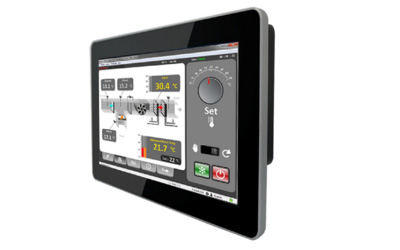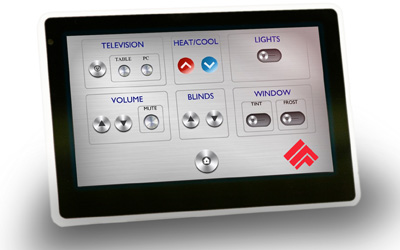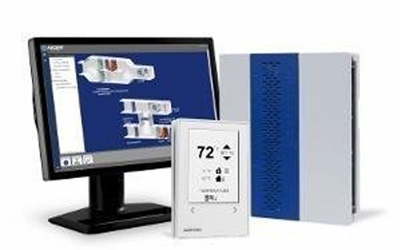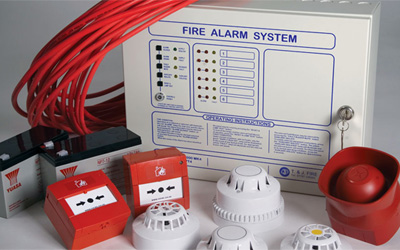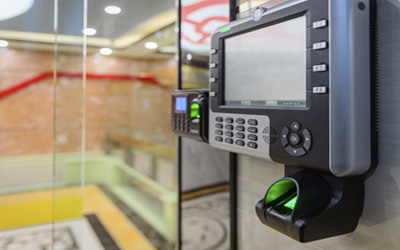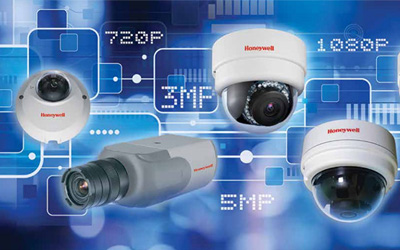A BMS system allows the many and varied control elements within a building to become integrated together sharing information as needed. This allows the owners and occupiers to have complete flexible control across all elements of the building.

BMS Integrates All The Following Elements
Heating and ventilation.
Lighting controls.
Fire alarm.
Security.
Refridgeration/ Air Conditioning.
Energy monitoring.
Access Control.
CCTV.

Examples:
Where each element may stand alone and control its own function perfectly an Integrated Building Management System allows information to flow between these elements to provide far more flexibility.
- Fire alarm signals used to force ventilation systems to full fresh air to aid smoke clearance during a fire.
- A motion detector activated by day can turn on the lighting and heating in that area. The same motion detector activated at night can instead raise an intruder alarm.
- Energy monitoring systems alerting heating and ventilation systems when energy usage is exceeding normal usage.
- Access control systems alerting the heating system when there is an increase or decrease in occupancy in the building. The heating and ventilation system may then rise or lower the ventilation demands to match.
- Staff can save time by sharing the same time zoning for both lighting and heating systems. Many buildings such as concert halls or sports stadium have to regularly change the occupancy status.

To provide full integration between these systems open protocols are used to pass information to and from each element. It is essential, however that each element can stand up independently and carry out its own functions.
